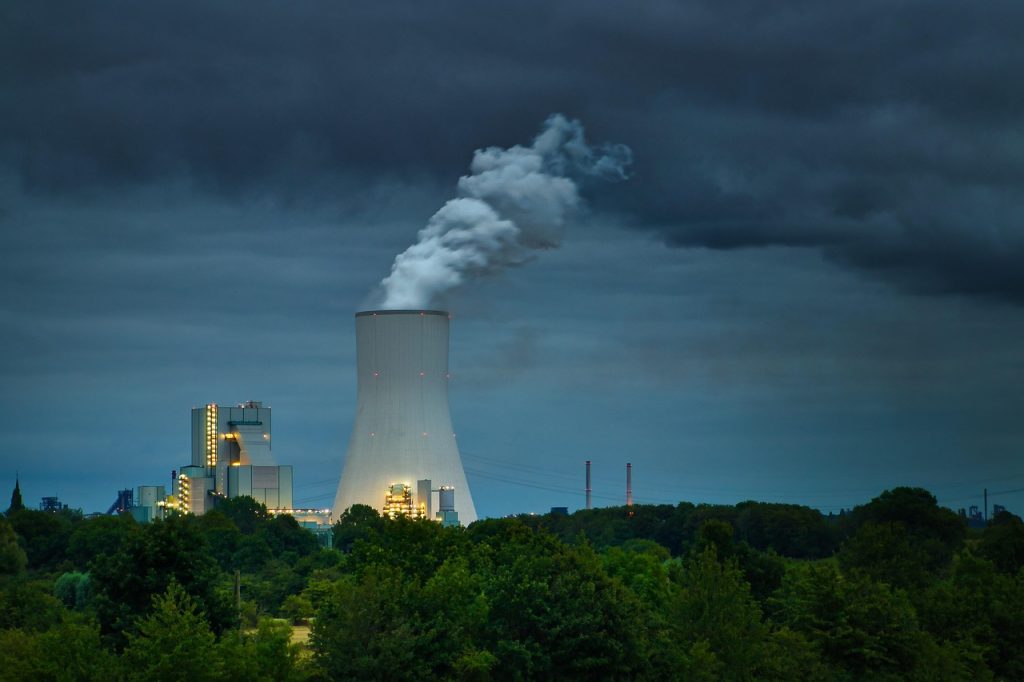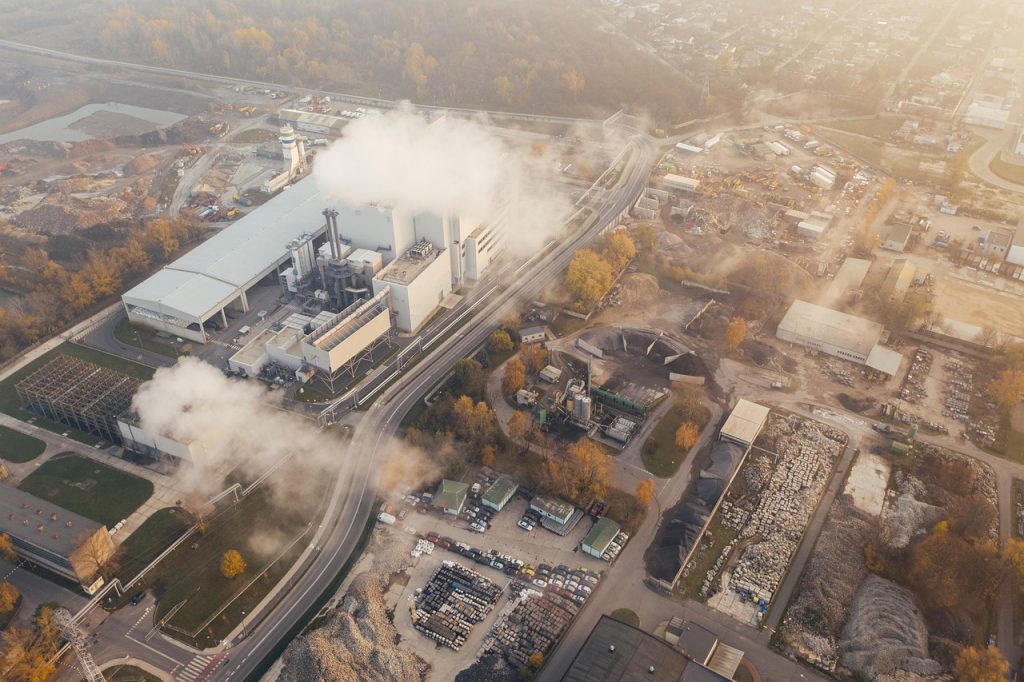Once the foundational pillars are in place, the real work of implementing net-zero strategies begins. This involves translating targets into actionable guides, leveraging established frameworks, and continuously optimizing processes. This ranking explores the effectiveness of humans and AI in operationalizing net-zero.
Human Ranking: 1st Place – Deep Supply Chain Decarbonization & Supplier Engagement
The monumental task of deep supply chain decarbonization and fostering meaningful supplier engagement stands as a clear human triumph. Scope 3 emissions, often the largest component of a company’s carbon footprint, are inherently complex due to their reliance on external entities. While AI can analyze supplier data and identify high-emission categories, the genuine heavy lifting is human-driven:
- Building Relationships and Influence: Decarbonizing the supply chain requires direct engagement, trust-building, and collaborative problem-solving with countless suppliers. This involves communicating expectations, offering support (e.g., technical assistance, financing), and sometimes even co-developing innovative solutions. AI cannot replicate these interpersonal dynamics.
- Tailoring Solutions to Diverse Suppliers: Every supplier is unique in its operations, capabilities, and challenges. Humans are adept at understanding these nuances and co-creating tailored decarbonization pathways, rather than applying a one-size-fits-all AI-generated solution.
- Negotiating Contracts and Incentives: Integrating sustainability clauses into contracts, developing incentives for low-carbon practices, and navigating potential cost implications all require human negotiation skills and strategic decision-making.
- Verifying and Auditing Progress: While AI can flag discrepancies, the ultimate verification of supplier claims and the auditing of their decarbonization efforts often necessitate human oversight and on-the-ground checks.
AI Ranking: 1st Place – Energy Efficiency Optimization & Renewable Energy Integration
For optimizing energy efficiency and seamlessly integrating renewable energy sources, AI takes the lead. These areas involve continuous monitoring, real-time adjustments, and predictive capabilities that AI excels at, far surpassing human capacity for such granular, instantaneous control. AI’s strengths include:
- Real-time Energy Management Systems: AI-powered building management systems (BMS) can analyze occupancy, weather patterns, and internal load profiles to dynamically adjust heating, ventilation, air conditioning (HVAC), and lighting, significantly reducing energy consumption (e.g., 10-30% in HVAC).
- Predictive Maintenance: AI algorithms can predict equipment failures, allowing for proactive maintenance that prevents energy waste and extends the lifespan of machinery, reducing embodied carbon.
- Optimizing Renewable Energy Grids: AI can forecast wind and solar output with high accuracy, enabling grid operators to balance supply and demand more effectively, minimizing reliance on fossil fuel backups and reducing balancing costs by up to 20%.
- Smart Logistics and Route Optimization: AI can optimize transportation routes, consolidate shipments, and even guide autonomous vehicles to reduce fuel consumption and associated emissions (e.g., 7% reduction in fuel per mile for logistics companies).
Human-AI Synergy: Developing & Implementing Climate Transition Plans
The creation and execution of comprehensive climate transition plans benefit immensely from human-AI synergy. AI can model scenarios, quantify impacts, and identify potential bottlenecks, providing a data-rich foundation for planning. Humans then bring strategic judgment and practical experience to the table:
- Translating Data into Strategic Roadmaps: AI can show what is possible, but humans design how to get there, developing phased roadmaps, allocating resources, and assigning responsibilities.
- Risk Mitigation and Opportunity Identification: While AI can flag climate risks, humans are crucial for developing robust mitigation strategies and identifying new business opportunities that emerge from the transition to a low-carbon economy.
- Behavioral Change and Training: Implementing energy-efficient practices or new sustainable processes often requires behavioral changes within an organization. Humans are best equipped to design training programs, communicate new protocols, and encourage adoption.
In essence, while humans are indispensable for the relational and strategic complexities of supply chain decarbonization, AI’s computational power makes it the ideal partner for optimizing energy systems and streamlining operational efficiencies in the pursuit of net-zero.


